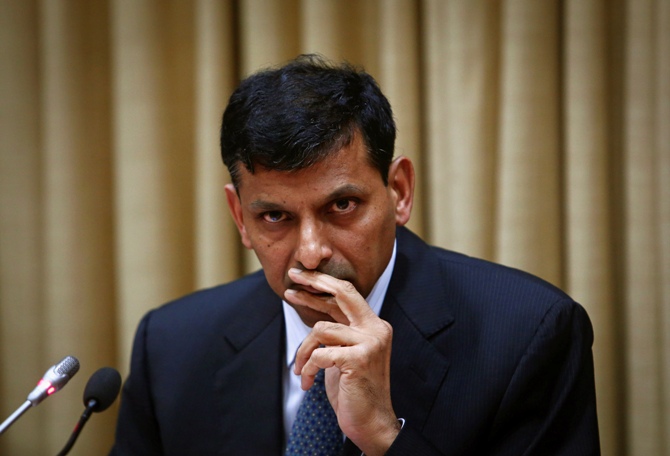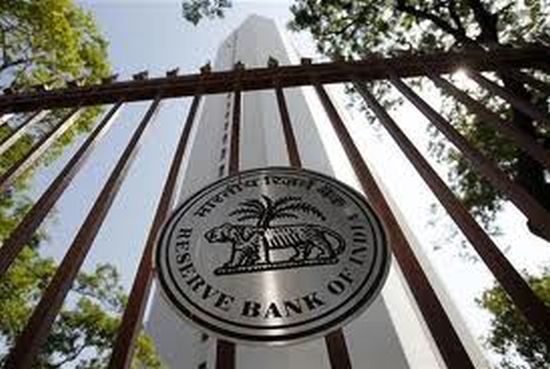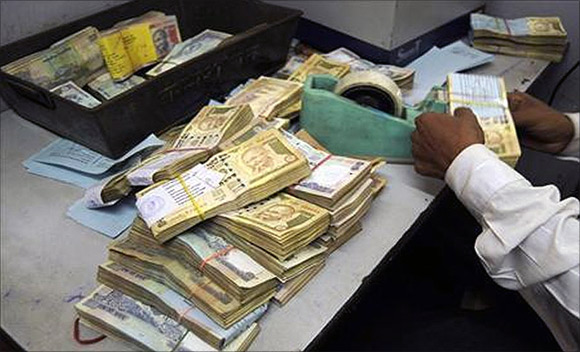
Committed to keep inflation under check, RBI Governor Raghuram Rajan on Tuesday left key rates unchanged and unlocked about Rs 40,000 crore (Rs 400 billion) of funds by reducing the amount of deposits banks are required to park in government securities.
This is the second time in a row that interest rates have been left unchanged amid demands for moderation to spur growth.
The repo rate, at which the Reserve Bank of India lends to banks, has been retained at 8 per cent, while the statutory liquidity ratio for banks has been cut by 0.5 per cent to 22.5 per cent with effect from June 14.
. . .

The cash reserve ratio for banks has been kept unchanged at 4 per cent.
"At this juncture, it is appropriate to leave the policy rate unchanged, and to allow the disinflationary effects of rate increases undertaken during September 2013-January 2014 to mitigate inflationary pressures in the economy," Rajan said while unveiling the Second Bi-Monthly Monetary Policy Statement for 2014-15.
Consumer price index inflation, excluding food and fuel, has moderated gradually since September 2013 although it is still elevated, he said.
. . .

Rajan, who has increased the repo rate thrice since September, said no more tightening would be warranted if the economy stays on a disinflationary course.
He added that the RBI may also consider a cut if the disinflation process is faster than anticipated.
Rajan reiterated the RBI's commitment to its target of getting CPI inflation, which accelerated to 8.59 per cent in April, down to 8 per cent by January 2015 and 6 per cent by the year after.
On growth, Rajan maintained the RBI's median estimate of GDP expansion coming in at 5.5 per cent for this financial year.